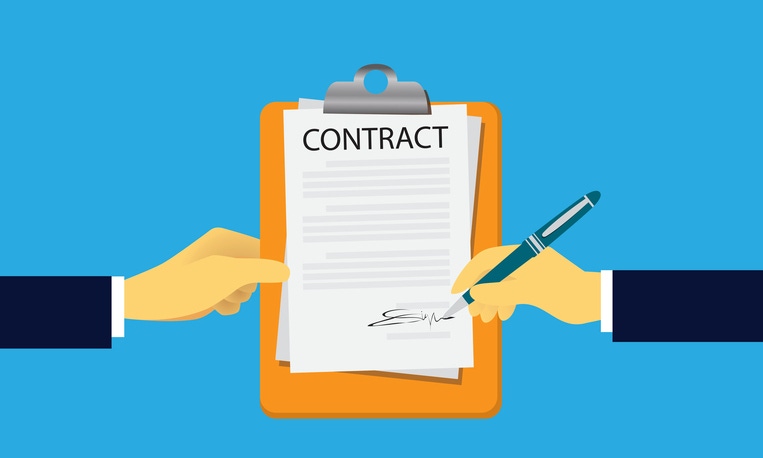Content Spotlight
Podcast: MilliporeSigma says education vital to creating unbreakable chain for sustainability
MilliporeSigma discusses the importance of people, education, and the benefits of embracing discomfort to bolster sustainability efforts.

High productivities and specialized targets means Catalent’s 2,000 L scale bioreactors can easily realize production needs for its orphan biosimilar and biobetter candidates, says Valerius Biopharma’s CEO.
Swiss biopharma firm Valerius Biopharma has selected Catalent Biologics to provide cell line development and cGMP manufacturing for its burgeoning biosimilar pipeline.
The firm has not disclosed the specific targets but CEO Andreas Herrmann told BioProcess Insider “two are biosimilars of orphan drugs and the other two are products, where we want to build in improvements and generate IP on our own without losing the path of biosimilars. This could be done be developing improved devices and formulations and showing their benefit in clinical studies.”
He added for all targets selected Valerius is “aware of not more than a handful of competitors including biobetters.” The focus on what he called “specialty biosimilars” will give Valerius “significant revenues, since we expecting much higher market shares and less price reduction as the first and second wave biosimilars will face in future.”
First and second-wave biosimilars have typically been versions of growth hormones and monoclonal antibody blockbusters with large patient populations. Therefore, developers generally look to large-scale production facilities. For example, Pfizer uses the large stainless steel tanks at its partner Celltrion’s facility in Incheon, South Korea for the production of its Remicade (infliximab) biosimilar, Inflectra.
Contract development and manufacturing organization (CDMO) Catalent focuses on the sub-5,000-L bioreactor space, and has invested in flexible manufacturing and single-use 1,000 and 2,000-L systems.
“Not all biosimilars require large-scale bioproduction capacity to meet their anticipated market demand,” Andrew Sandford, vice president of Business Development at Catalent Biologics, told us.
“Catalent Biologics has supported a number of customer programs that address the biosimilar marketplace, with a few involving both cell line development and manufacturing.”
And Herrmann seconded this as being one of the reasons his firm chose the CDMO.
“The scales for commercial production will not need more than 2,000 L bioreactors, because of high productivities and because of our targets, especially the orphan drugs. Therefore, Catalent is a perfect choice for us, besides they do have a very knowledgeable, highly motivated team with good background and understanding of biosimilar products.”
Herrmann has a strong and varied background in the development of biopharmaceuticals and biosimilars. He has worked for service firm Celonic, innovator company Baliopharm, and biosimilar manufacturer Alvotech.
At Alvotech he was responsible for the construction of Europe’s first fully disposable manufacturing facility in Reyjkavik, Iceland.
“So I really like manufacturing but here at Valerius we do have a different strategy in order to differentiate from the others: We build a development hub for cell-line and small scale development – including analytics – because this is the most crucial part of the development of biosimilars.”
He added this development hub is supplemented by other resources including a regulatory working group and clinical project management, alongside its clinical and commercial manufacturing partner – Catalent – and formulation and device development partners who are, for now, undisclosed.
“So we don´t want to reinvent the wheel but concentrate on the most critical parts of the development by our own, that is the early process development, regulatory, and (clinical) project management.”
Valerius is looking to reach the market with one or more of its products within the next six years.
As such, there may be a reason to add in-house production in the future especially when a second manufacturing source is required, Herrmann said, but for now the firm “would like to keep the pace and focus [of its] investments into the most critical parts.”
You May Also Like